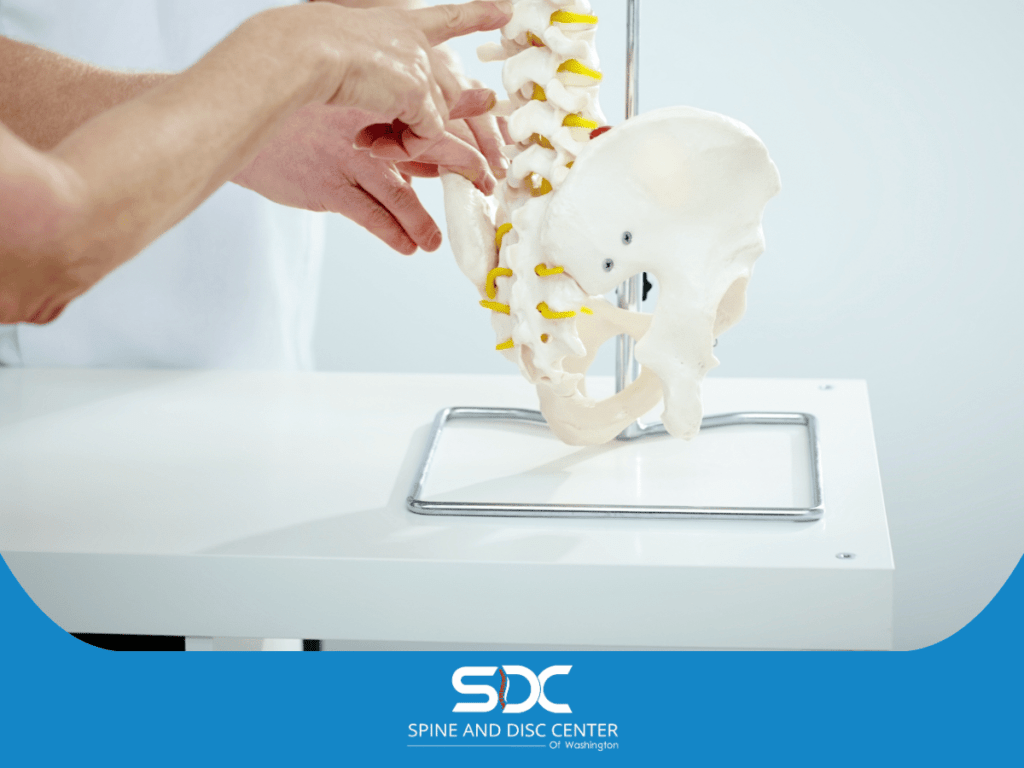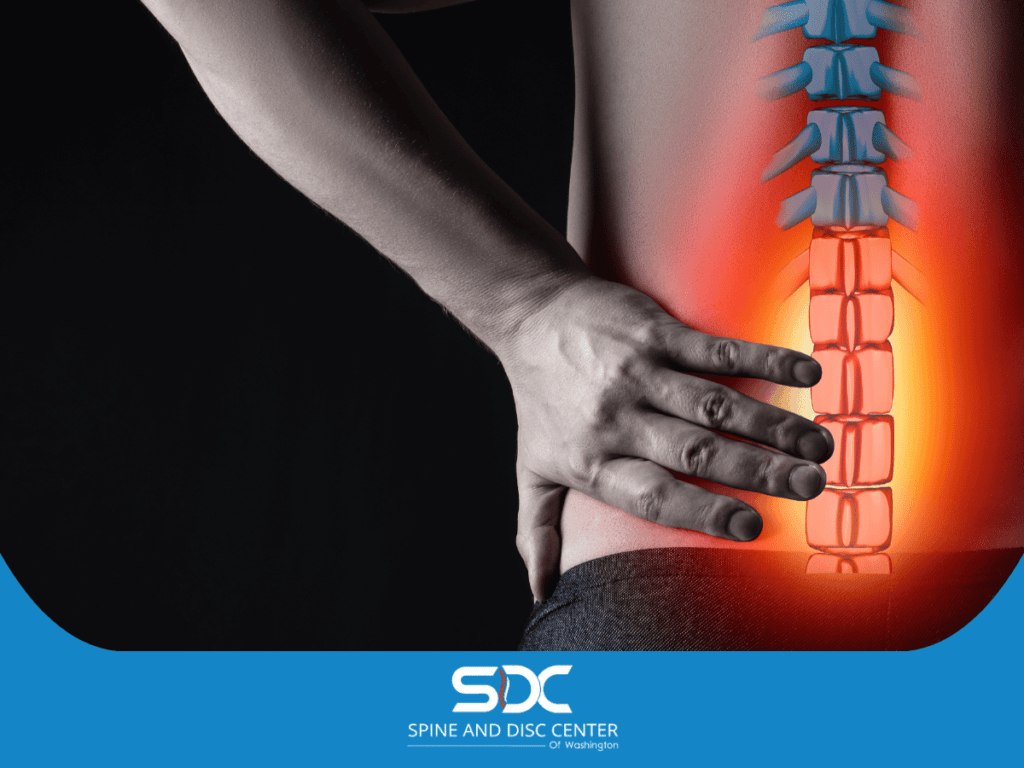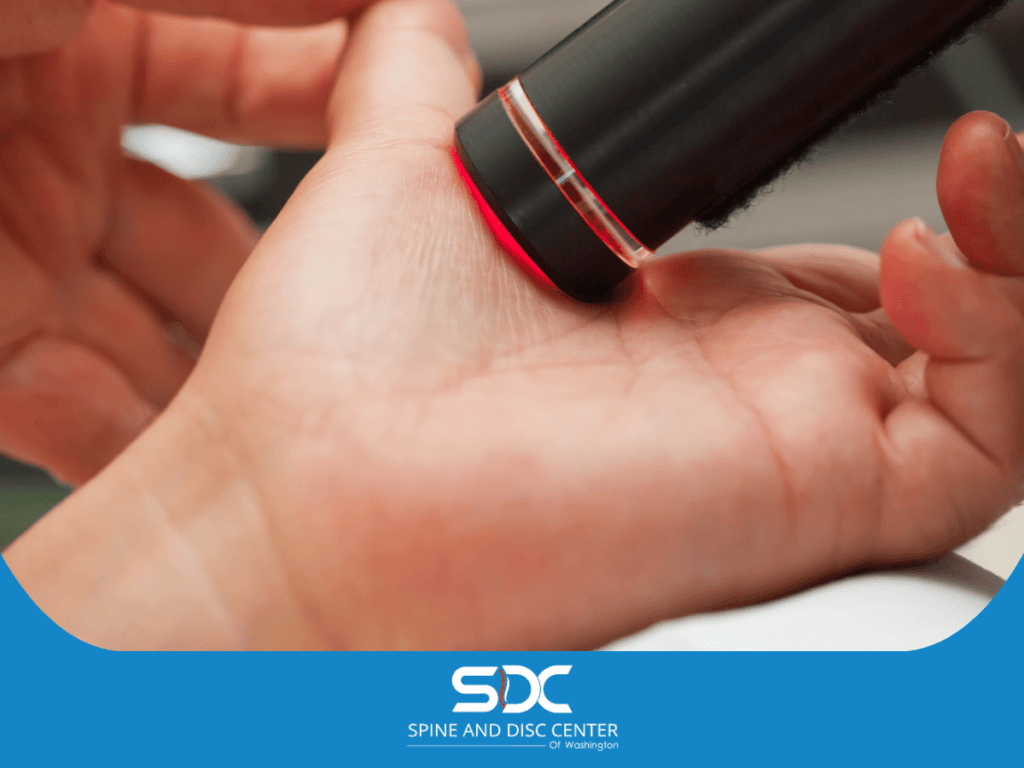Living a normal life after a microdiscectomy is often a common concern for individuals facing spinal surgery. Let’s explore what to expect during recovery and how to regain a sense of normalcy post-surgery.
Understanding Microdiscectomy Surgery
- Microdiscectomy is a minimally invasive procedure aimed at relieving leg pain caused by a herniated disc in the lumbar spine.
- During the surgery, the surgeon removes a small portion of the herniated disc that is pressing on the spinal nerves, alleviating pain and other symptoms.
The Role of Physical Therapy
- Physical therapy plays a crucial role in the recovery process after a microdiscectomy.
- Physical therapists develop customized exercise programs to strengthen the muscles surrounding the spine, improve flexibility, and enhance overall mobility.
- These exercises aid in restoring normal function and reducing the risk of future spine problems.
Returning to Normal Activities
- While recovery time varies for each individual, many patients can gradually return to their normal activities after a microdiscectomy.
- It’s essential to follow post-operative instructions provided by your surgeon and gradually increase activity levels as tolerated.
- Patients may need to avoid lifting heavy and strenuous activities for a period of time to allow the spine to heal properly.
Managing Expectations
- Having realistic expectations about the recovery process after a microdiscectomy is important.
- While many patients experience significant relief from leg pain following surgery, it may take time for full recovery.
- Some individuals may continue to experience occasional discomfort or stiffness, especially during periods of increased activity.
Seeking Support and Resources
- Recovering from spine surgery can be challenging, both physically and emotionally.
- It’s essential to have a strong support system in place, including friends, family, and healthcare professionals who can offer guidance and encouragement.
- Support groups and online forums can also provide valuable resources and a sense of community for individuals undergoing similar experiences.
Physical Activity and Exercise

Physical activity and exercise are crucial in the microdiscectomy recovery process after a microdiscectomy. While it’s essential to avoid strenuous activities during the initial stages of recovery, gradually reintroducing movement and exercise can promote healing, strengthen muscles, and improve overall well-being.
Here’s how physical activity and exercise can benefit patients recovering from a microdiscectomy:
Promoting Healing
Light physical activity, such as short walks or gentle stretching, can stimulate blood flow to the surgical site and promote healing. These activities also help prevent stiffness and reduce the risk of complications during recovery.
Strengthening Muscles
After a microdiscectomy, muscles surrounding the spine may weaken due to decreased activity during the recovery period. Incorporating exercises targeting the core muscles, back muscles, and legs can help regain muscle strength and stability, providing better support for the spine.
Improving Mobility
Gradually increasing physical activity levels can improve mobility and flexibility, allowing patients to resume their daily activities more comfortably. Simple exercises like walking, swimming, or stationary cycling can help maintain joint mobility and prevent stiffness in the spine.
Reducing Pain and Discomfort
Regular physical activity can help alleviate residual pain and discomfort associated with the surgery. Exercise triggers the release of natural pain-relieving endorphins, which can help manage postoperative pain and improve mood.
Enhancing Overall Well-being
Engaging in regular physical activity has numerous benefits for overall health and well-being. It boosts energy levels, improves sleep quality, reduces stress and anxiety, and enhances mood, contributing to a faster and smoother recovery.
However, it’s crucial to approach physical activity and exercise cautiously following a microdiscectomy. Patients should follow their surgeon’s or physical therapist’s recommendations regarding the timing and intensity of exercise, gradually increasing activity levels as tolerated.
Managing Pain and Discomfort After Microdiscectomy
Recovery from microdiscectomy surgery involves managing pain and discomfort, which are common during the initial healing process. Here’s how to effectively address these challenges:
Medications
Your doctor may prescribe pain medications to alleviate discomfort during the early stages of recovery. These medications may include over-the-counter pain relievers or stronger prescription drugs to manage more severe pain. It is essential to follow your doctor’s instructions carefully when taking pain medications.
Ice and Heat Therapy
Applying ice packs or heating pads to the surgical site can help reduce inflammation and alleviate pain.
Ice packs can be particularly useful in the first few days after surgery to minimize swelling, while heat therapy can help relax tense muscles and promote circulation as you progress in your recovery.
Rest and Gentle Movement
While it’s crucial to rest and avoid strenuous activities during the initial phase of microdiscectomy recovery, gentle movement, and walking are encouraged to prevent stiffness and promote blood flow.
However, avoiding activities that strain your back, such as bending, lifting heavy objects, or twisting, is essential until your doctor advises otherwise.
Proper Posture
Maintaining good posture is essential for supporting your spine as it heals. Avoid slouching or sitting for prolonged periods, as this can place additional stress on your lower back.
Use supportive pillows or cushions to maintain proper spinal alignment when sitting or lying down.
Physical Therapy
Your doctor may recommend physical therapy to help strengthen the muscles supporting your spine, improve flexibility, and promote proper body mechanics. Physical therapists can teach you exercises and stretches tailored to your specific needs, gradually increasing intensity as you progress in your recovery.
Relaxation Techniques
Incorporating relaxation techniques such as deep breathing, meditation, or guided imagery can help reduce stress and tension, which may exacerbate pain.
Practice relaxation techniques regularly to promote overall well-being and enhance your body’s natural healing processes.
Communication with Your Healthcare Team
Open communication with your healthcare team is crucial throughout recovery. If you experience persistent or worsening pain or have concerns about your recovery, don’t hesitate to reach out to your doctor or physical therapist for guidance and support.
By actively managing pain and discomfort after microdiscectomy surgery and following your doctor’s recommendations, you can optimize your recovery and gradually return to your normal activities with improved comfort and mobility.
Lifestyle Adjustments Following Microdiscectomy
Undergoing microdiscectomy surgery marks the beginning of a journey toward recovery and improved spinal health. Making lifestyle adjustments post-surgery supports your healing process and prevents future complications. Here are some essential lifestyle changes to consider following microdiscectomy:
Avoiding Heavy Lifting
It’s essential to avoid heavy lifting during the initial recovery period to prevent strain on your spine and reduce the risk of re-injury. Your surgeon will provide specific guidelines on weight restrictions and when it’s safe to resume gradually lifting heavier objects.
Maintaining Proper Posture
Practicing good posture is essential for supporting your spine and preventing undue stress on the surgical site. Avoid slouching or hunching over when sitting or standing, and use ergonomic furniture and lumbar supports to maintain neutral spinal alignment.
Incorporating Low-Impact Exercises
While strenuous activities should be avoided initially, incorporating low-impact exercises such as walking, swimming, or stationary cycling can promote circulation, strengthen muscles, and improve overall mobility. Consult with your healthcare provider or physical therapist to develop a tailored exercise plan that aligns with your recovery goals.
Gradual Return to Physical Activities
As your recovery progresses, gradually reintroduce the activities and recreational pursuits you enjoy. Start with gentle activities and gradually increase intensity and duration over time, being mindful of any discomfort or pain.
Balanced Nutrition
Maintaining a balanced and nutritious diet is essential for supporting your body’s healing process and overall well-being. Ensure that your diet includes plenty of fruits, vegetables, lean proteins, and whole grains to provide essential tissue repair and recovery nutrients.
Adequate Rest and Sleep:
Proper rest and sleep allow your body to recover and heal effectively. Ensure that you prioritize quality sleep by creating a comfortable sleep environment, practicing relaxation techniques, and establishing a consistent sleep schedule.
Stress Management:
Chronic stress can exacerbate pain and delay the healing process. Incorporate stress-reduction techniques such as deep breathing, meditation, or mindfulness exercises into your daily routine to promote relaxation and reduce tension.
Follow-Up Care:
Attend all scheduled follow-up appointments with your surgeon and healthcare team to monitor your progress, address any concerns, and ensure that you’re on track with your recovery goals. Be proactive in communicating any changes in symptoms or challenges you may encounter during your recovery journey.
Implementing these lifestyle adjustments following microdiscectomy surgery can support your body’s healing process, minimize the risk of complications, and gradually return to an active and fulfilling life with improved spinal health.
Remember to consult your healthcare provider for personalized guidance and recommendations tailored to your needs and circumstances.
Final Thoughts
In conclusion, this informational blog post has provided valuable insights into what to expect after microdiscectomy surgery. However, it’s essential to remember that every individual’s journey is unique and personalized guidance is key to achieving the best outcomes.
If you’re considering or have undergone microdiscectomy surgery, we encourage you to contact healthcare professionals for a tailored treatment plan.







